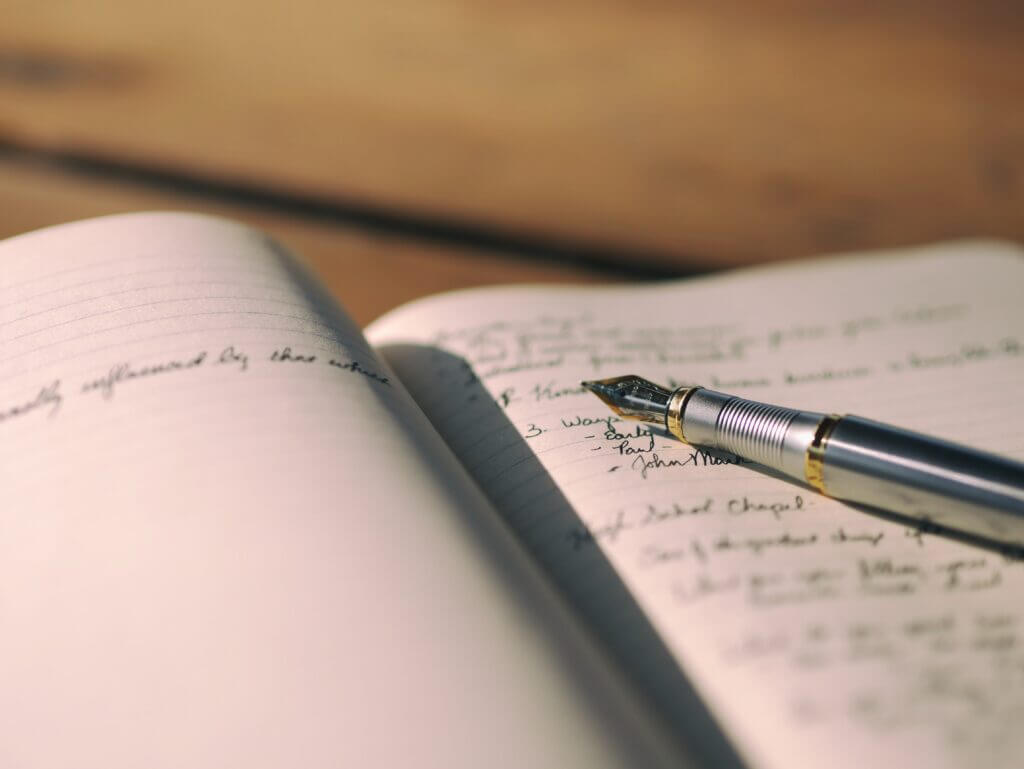Training intuition is mostly about building habits, getting honest feedback, and quieting the noise so subtle signals are easier to notice. Below are practical, low-effort daily things you can do. Do what fits your schedule and mix them into a simple routine.
Quick daily framework (10–40 minutes)
Ground (2–3 min) — stand or sit, breathe slowly 6–8 breaths, feel feet on the floor. This anchors you and reduces mental static.
Center + set an intention (1 min) — quietly say: “I open to clear, honest information for highest good.”
Practice (5–30 min) — pick one exercise below.
Record & feedback (2–5 min) — jot what you sensed, then later check accuracy.
Practical exercises
1) Quiet awareness / micro-meditation (5–10 min)
Sit with a timer. Watch your breath. When a thought/image/feeling arises, note it (“image of water”, “warmth left hand”), then return to breath. Builds signal/noise separation.
2) Daily cold-read / prediction (5 min)
Make 3 small predictions about your day (e.g., who will call, what news you’ll get, how you’ll feel at noon). At day’s end mark hits/misses. This builds calibration and accountability.
3) Gut-checks / two-option test (2–5 min)
Ask a yes/no about something trivial (two closed envelopes, left or right door). Trust your first sense (body sensation, first thought), record it, then reveal. Repeat 5–10 times.
4) Clair-sense drills (10–20 min, rotate)
Clairvoyance: Look briefly at a card, close eyes, describe any images that come to mind.
Clairsentience: Hold an object (stone, coin) and notice sensations, impressions, emotions.
Clairaudience: Sit quietly and listen for inner words, tones, or a short phrase.
Claircognizance: Write a question, wait for a sudden “knowing” and jot the answer without overthinking.
Rotate these so each sense gets practice.
5) Symbol journaling / automatic writing (5–15 min)
Set a 10-minute timer, write continuously about impressions without censoring. Afterwards underline anything specific and check later for correlations or truth.
6) Dream work (bedtime + morning 3 min)
Before sleep, ask to remember dreams. In morning, lie still and recall the dream before moving; write any fragments. Dreams often contain symbolic intuitive material.
7) Synchronicity noticing (2–3 min)
Keep a small log of meaningful coincidences. Over time patterns emerge and your awareness grows.
8) Remote-object practice (5–10 min)
Have someone place a simple photo or object in a sealed envelope. Sit quietly, focus on the envelope, and sketch/write impressions. Get feedback later.
9) Sensory deprivation micro-test (variable)
Close eyes and wear noise-cancelling headphones (or go to a quiet place). Ask a question and note immediate impressions. Reduces external cues.
10) Energy clearing & grounding (2–5 min)
Before and after practice, visualize a light or do a tapping/short breath exercise to keep your energy clear and prevent confusion.
Weekly/Monthly habits
One longer practice session (30–60 min) for deeper work (tarot spread, past-life journaling, extended remote viewing).
Get feedback: pair with a friend or community to test hits and misses. Calibration is everything.
Rest days: intuition is sharper when rested. Don’t overdo it.
Tracking & improvement tips
Use a simple log: date, exercise, question, your answer, outcome, confidence (1–5). Review weekly.
Celebrate small wins. Accuracy improves slowly.
Be honest: note when you’re guessing vs. “felt it.”
Keep ethics in mind: only read with consent and use insights responsibly.
Safety & mindset
Stay grounded and skeptical of dramatic claims. Intuition improves with practice like any skill.
If you experience anxiety, sleep loss, or confusion, pause practices and check in with a health professional.



